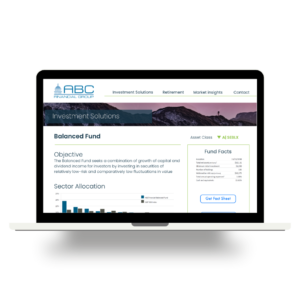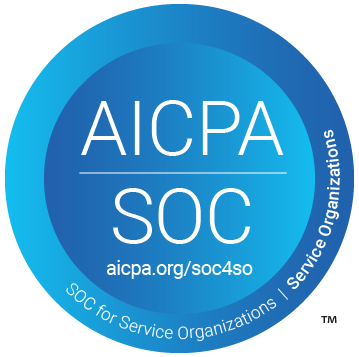Print is Dead, Long Live Print!
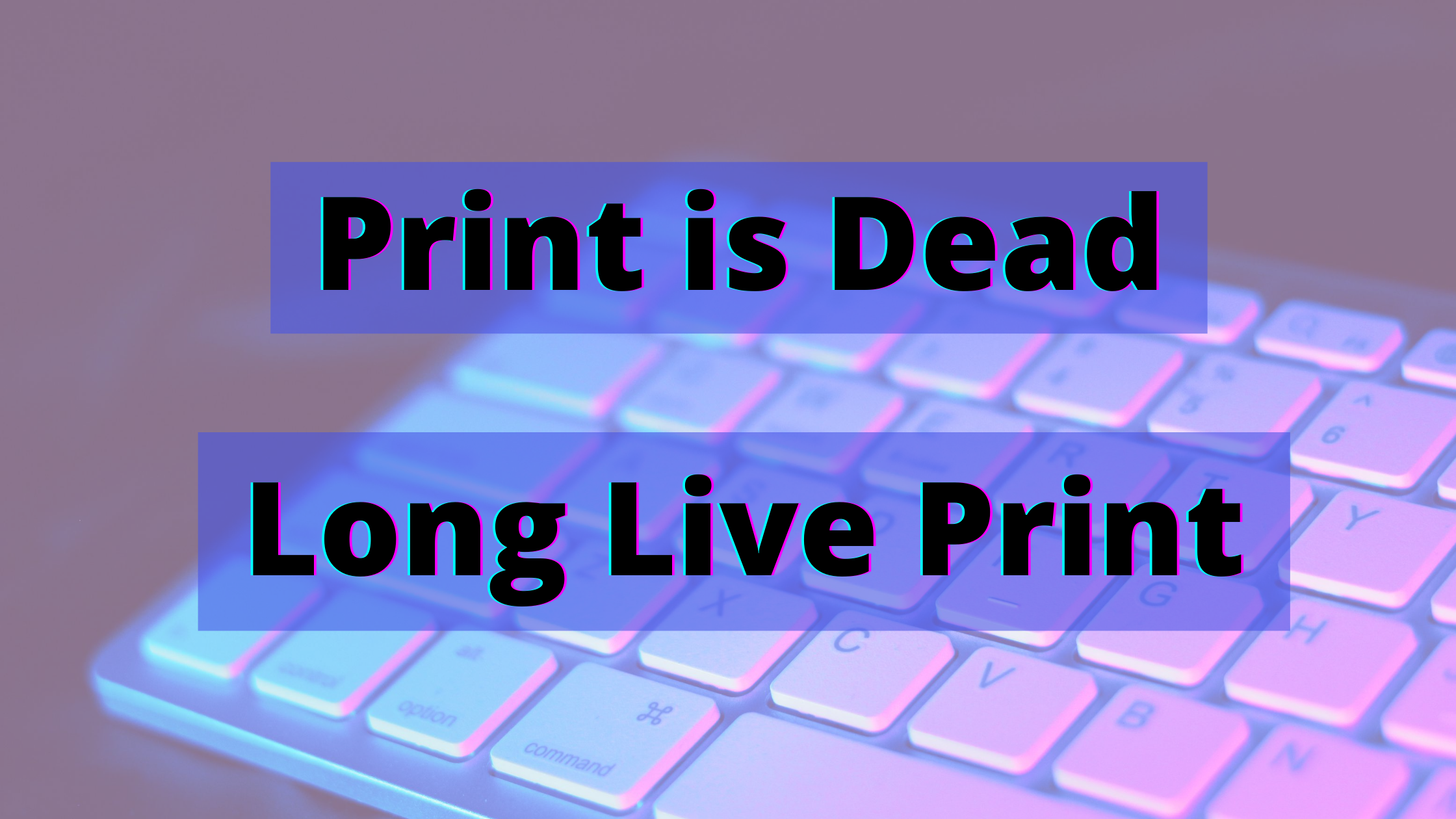
I’ve been in the computer-driven publishing industry my entire working life. For better or worse, that’s going on 30 years and six firms worth of experience building and selling systems to support the print (or print-like) communications needs of large businesses selling or supporting high-value goods and services. I’ve worked with Airlines, Pharmaceuticals, Auto Parts, Reference Publishers, Military, and Financial business. All have significant data-and-rules driven content publishing needs, including well-designed print artifacts. Supporting publishing in the financial services world makes up a majority of this experience, but we gain wisdom by understanding similarities and differences between multiple business sectors and markets.
For 87.3% of my long and illustrious career in supporting print communications, people have taken the position that Print is Dead… or soon will be. While there are specific examples and versions of this narrative that are true, I’m here to talk today about where and why it is not true!
The Value In A Printed Artifact
The medium of a finished “document”, delivered either in PDF form or on glossy paper, has a key value that the digital media gurus of the world can’t compete with. Most of my other points in this article tie back to this. The value is in the printed artifact. If done well, it looks and feels like it’s OF VALUE. This makes it more memorable (literally) and more tangible than any website or something thrown together in PowerPoint delivered via a Zoom call.
I’m a car guy. I like to spend Saturdays visiting car dealers and checking out shiny things that go vroom. I can’t tell you the number of color glossy brochures for cars I’ll never own that litter my house, but I can tell you why I pick them up and why I don’t throw them away. They serve as a reminder of the product, and the visit to the dealership, and the salesperson every time I see one… even by accident. And that’s mindshare a website cannot command. Throwing out the beautiful 20-page product brochure I have on the Jaguar iPace would be to throw out a memory that I’d rather keep, even though I have no plans to buy it. The artifact reinforces my memory and knowledge of the product every time I see it. The sheer quality of the brochure helps to maintain my positive impression of Jaguar.
High-Quality Print Literature In The Investment World
In the investing world, a color glossy factsheet printed on high-quality paper has the same effect. It lingers on the recipient’s desk or credenza, and it creates an impression. The more well designed and produced it is, the higher the impact it will have. Also, the firm’s audience would have a higher perception of them, yielding a strongly positive NPS (Net Positive Score). It’s very hard to create this sort of durable reaction through a website experience. The well-designed marketing document screams “we have our act together” and helps the recipient to think or feel “wow this is nice, they must really care.”
The well-produced print document does more than create a durable and positive memory, though. When something is “printed” as a finished item, it creates a strong impression of commitment. It feels secure – like the information can be relied upon in a way that is difficult to do in digital form. Everyone knows the numbers in a table online might change at any time. Therefore, it makes the impression they create somewhat ephemeral, less than permanent or tangible.
The Human Brain Likes Print Communications
Another tangible benefit of a well-designed and produced print item is it speaks more clearly to the human brain. Its stable physical geometry is very attractive to the mind and the eye. We have all been to websites where it’s a guessing game as to how to find the page, the tab, the form, or the widget that shows what we really want to see. Some websites are so feature-rich they actually discourage client engagement. The average person visiting a website has a preconceived notion of what they are looking for.
However, the navigation path to that information can be quite annoying… with the final results feeling, again, impermanent. Let’s say I finally find the AATR chart I want; I don’t bookmark the page, I close the tab. A week later I want to find it again. So, I probably have to go through the same learning curve again of finding where I put that thing. Many websites make the mistaken assumption that the average content consumer needs 16 options for how to find information. Then, they want to be able to customize the view when they get there. This may be occasionally true for some, but I challenge anyone to correlate that to asset inflows.
Meanwhile, if you give a client a well-produced factsheet and performance guide comparing the products, they find what they want. They get the correct information because they remember where it is and on what page their favorite illustration is on. Remember, the human brain works on a geographic basis. It remembers regions and spatial relationships FIRST. A printed artifact supports that like no other form or format can.
Print Communications Build Lasting Relationships
The last point in this diatribe is this; Fundamentally, asset management salespeople are in the relationship business. Forming the foundation of trust between investor and advisor is more important than the actual performance of top assets. We all know investing is gambling (to a degree), and past performance may not indicate future results. We also know that nobody has a magic looking glass to give investing insights from. Every investor wants to know they can trust the advisor and firm to do their best and behave responsibly. Creating a positive and durable brand image that supports the efforts to seek this trust relationship is critical. If anything about the advisor, portfolio manager, or firm feels slipshod, you’ll forever struggle to create a trusting relationship. Anybody can put together a nice WordPress template and fill in some data tables. But a firm with high-quality print literature will stand out.
Here are some related resources that might interest you:




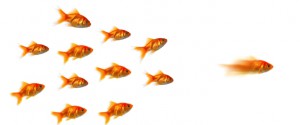

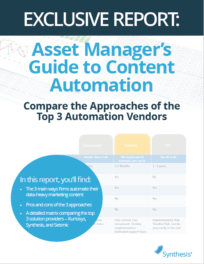 Compare the Top 3 Finserv Content Automation Vendors [White paper]
Compare the Top 3 Finserv Content Automation Vendors [White paper]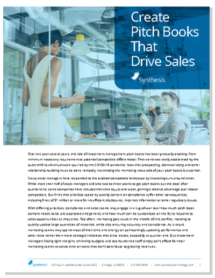 Create Pitchbooks the Drive Sales [White paper]
Create Pitchbooks the Drive Sales [White paper] Build vs. Buy: Should Your Financial Services Firm Outsource or Insource Marketing Technology? [White paper]
Build vs. Buy: Should Your Financial Services Firm Outsource or Insource Marketing Technology? [White paper]  10 Tips for Rebranding your Fund Marketing Documents [White paper]
10 Tips for Rebranding your Fund Marketing Documents [White paper]
